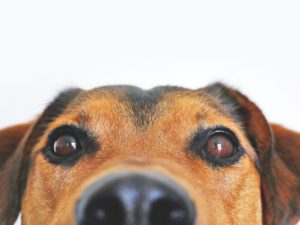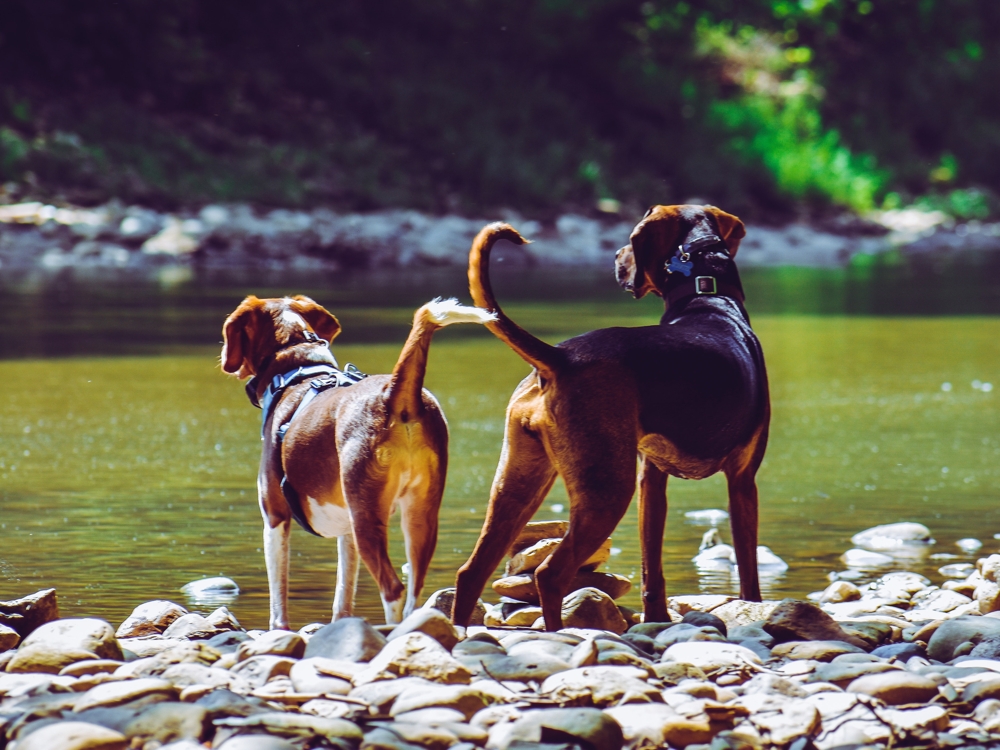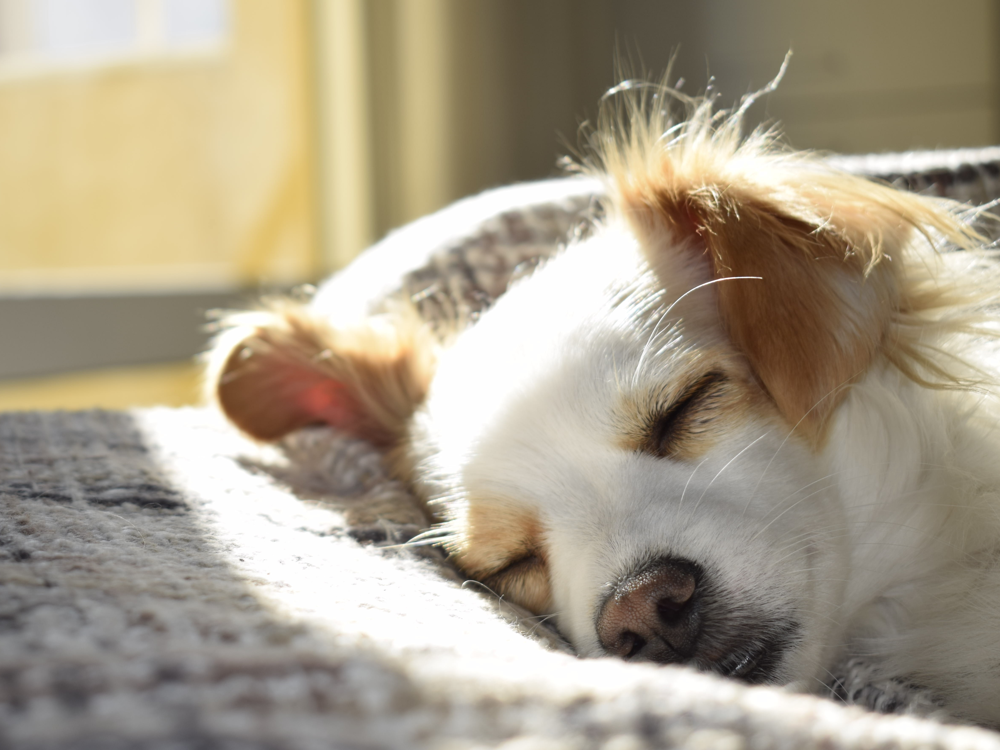What to Do about Your Dog’s Separation Anxiety
Share
[Sassy_Social_Share]Dogs are pack animals. That means they are extremely social and it is in their nature to spend time with their pack. Because we are their pack, they follow us around the house, love to go out for walks with us and sometimes get very anxious when we leave them alone. But we have to leave them alone. We have to work, get messages and attend appointments. Even those of us who spend most of our time at home do have to leave the house now and again! And we cannot always bring our dogs with us. Most dogs quickly learn to be relaxed and content home alone, but some suffer separation anxiety. If your dog is destructive or barks constantly when you are out, you urgently need to learn how to break your dog’s separation anxiety.

Separation anxiety is most common in puppies and dogs from shelters. When a new puppy arrives to your home, they are just learning how to be away from their mother dog and litter mates. They have probably been weaned recently, so still view their mother dog as a source of nourishment in addition to affection. It is normal for puppies to need time to learn.They will cry at night and when you leave the house. A recently adopted dog from a shelter might have been abandoned previously, and perhaps suffered from the lack of human care. Dog wardens find dogs in terribly emaciated states with all kinds of injuries. When you leave the house, your new dog might fear they’ll suffer all of those terrible experiences again.
What Is Separation Anxiety?
A dog with separation anxiety won’t generally sit quietly and brood. An anxious dog is a destructive dog. They will chew furniture and anything else they can reach. They will bark, howl and whine. A severely anxious dog might even do serious damage to doors, windows and walls trying to escape the house to follow you.
Young dogs can be very destructive when playing. So how do you know if your dog is miserable and anxious? Or having the time of their life destroying your home? You aren’t there watching them, so how can you assess their mental state when they were ripping into your throw cushions or gnawing the skirting boards? They will give you clues before you leave the house. How does your dog react to seeing your get your handbag or coat? Do they start to pace, whine or drool? If their behaviour seems anxious or very focused on your movements, that suggestions their misdeeds while you are away stem from anxiety rather than playfulness. Another clue is how they are when you are home. If your puppy is constantly into mischief while you are home and does the same naughty things when you are out, they are probably just being rambunctious.
How to Break Your Dog’s Separation Anxiety
You can take several steps to break your dog’s separation anxiety. Some dogs will respond well and overcome their problem with just one of these. In extreme cases, these steps might not be enough. You might need to seek professional help from an expert in canine behaviour. But most dogs with separation anxiety can overcome it quickly when you use a combination of these tactics.

- Try to walk your dog before you leave or have a little play session. Exercise relaxes dogs and burns up some of their energy.
- Never make a fuss coming or going. Do not give your dog extra attention when you are leaving. Your dog will greet you with great enthusiasm when you return, but don’t rush to them. Relax, put away your coat and then greet your dog calmly. Making a big deal out of leaving or returning to the house will increase your dog’s anxiety about your absence.
- Act as you are going to leave, but don’t. Put on your coat, get your keys and then just sit on the couch for a few minutes. Put them away again. This will desensitize your dog to the signals that you are going to leave. It will teach the dog not to worry so they don’t start getting upset before you go.
- Practice leaving for a very short period. Go outside without your dog for a few minutes several times a day, gradually increasing the time you are gone. If your dog is extremely anxious, you can start by simply walking into another room without your dog for a few minutes.
- Try leaving some soothing music on. It will calm your dog and occupy their mind. Music will also block out some outside sounds, which means your dog won’t be reacting to them. It won’t stop all barking, but it helps.
- Give your dog a special toy when you are leaving. The dog toys that make your dog work to get a treat out of them are ideal. If you are watching your dog’s calories, use Leader Train Me treats, which have only six calories per treat. Even a safe chew toy is good. Dogs chew when anxious. it is important to make sure they have something appropriate to entertain them and help them cope with their separation anxiety.
- If those tactics don’t work to break your dog’s separation anxiety, talk to your vet about products to help your dog relax. You can try pheromones that calm dogs or other over the counter or prescription medications. Your vet can tell you which one is best for your dog.
Don’t Punish Anxiety. Remember, separation anxiety is not something your dog picked. They aren’t willfully wrecking the house for fun. If you arrive home and punish them for damaging things, they won’t even associate the punishment with what they’ve done unless you catch them in the act – which is unlikely because when they hear you approaching the house, they will run to the door to greet you. They will, however, associate your return with punishment, magnifying their anxiety. Be patient as you figure out how to break your dog’s separation anxiety. Almost always, separation anxiety is phase a dog goes through when settling in to a new home. It can be prolonged if you punish your dog upon your return or do anything that heightens their anxiety about your departure or arrival. If the tips above don’t help in a few weeks, talk to your vet about finding a qualified dog behaviour expert in your area.





